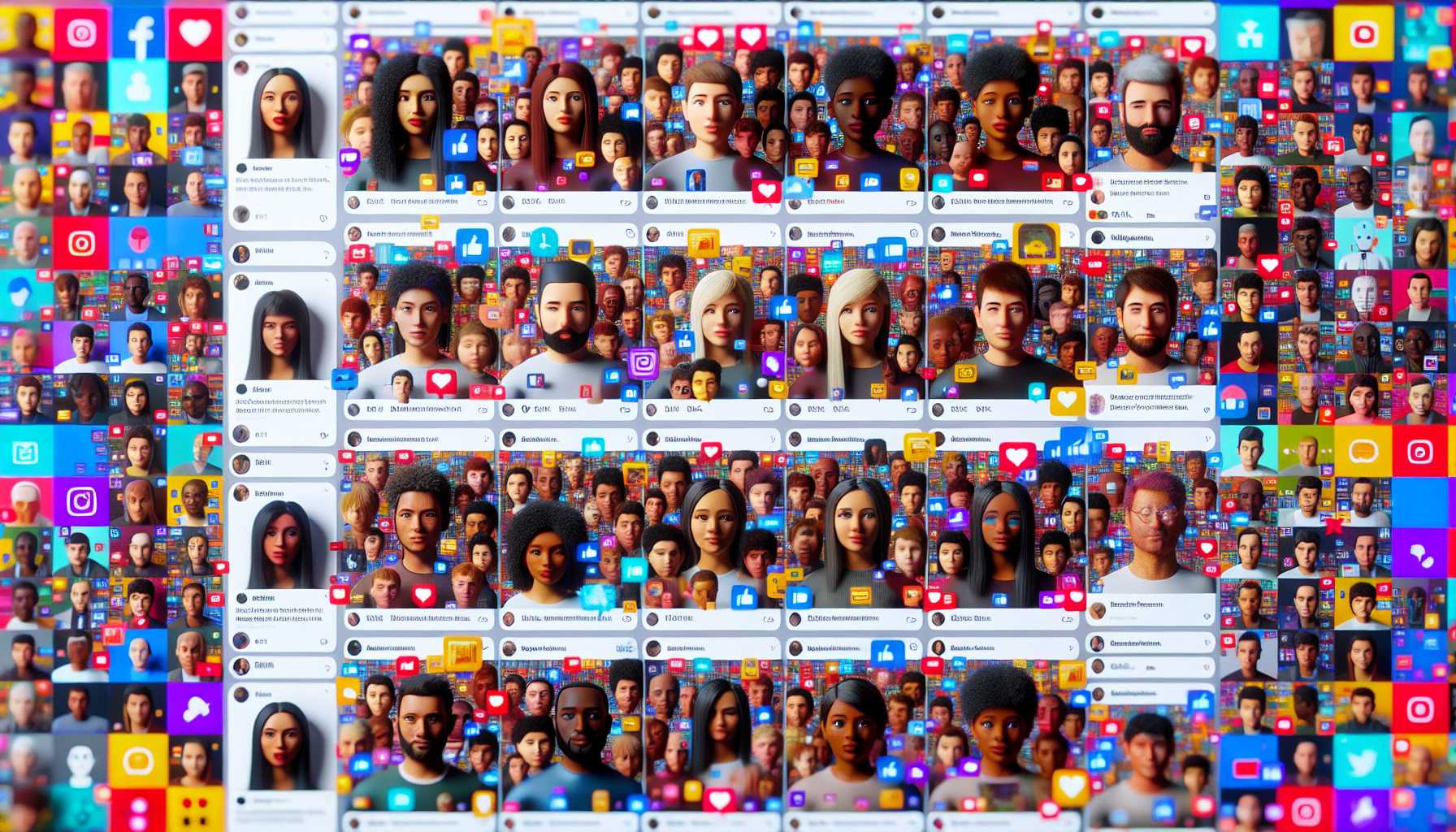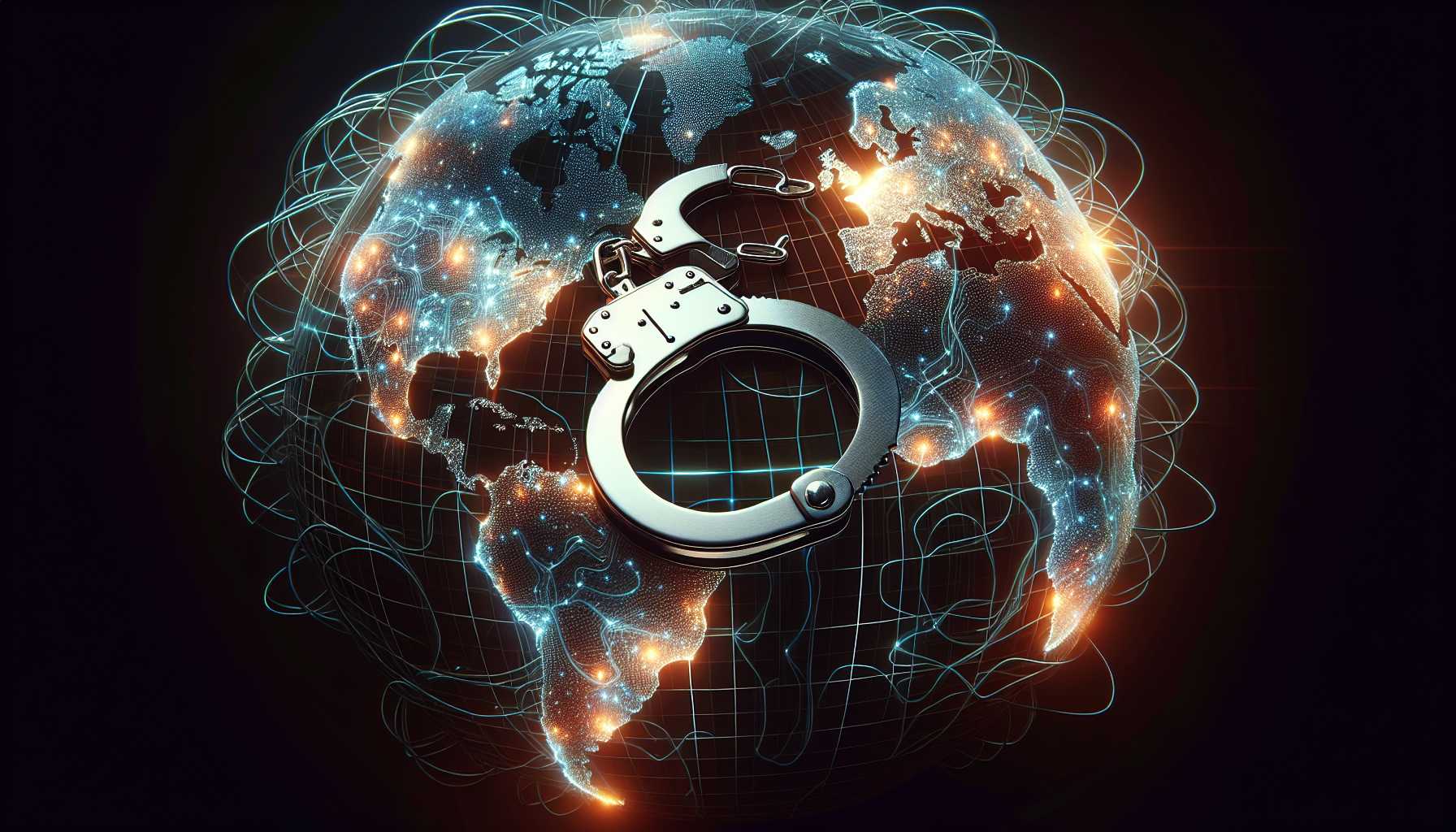Impact of the Supreme Court’s NetChoice Decision
The recent Supreme Court decision in the NetChoice cases, while overshadowed by another ruling on presidential immunity, is a consequential shift that is bound to resonate across multiple layers of tech legislation and ongoing lawsuits. NetChoice declared that tech platforms enjoy First Amendment rights concerning their content moderation and display decisions. This ruling is more than just a re-affirmation of the First Amendment—it could redefine the regulatory landscape for social media platforms and their infamous algorithms.
For instance, platforms such as Facebook and YouTube have long curated their content based on various guidelines and standards. With Justice Elena Kagan acknowledging that even these curation activities constitute expressive choices protected under the First Amendment, it’s crystal clear that the NetChoice decision adds another layer of complexity to legislative attempts focused on algorithmic regulation. The implications are vast, touching everything from kids’ online safety to potential TikTok bans.
The New York SAFE Act and federal proposals like the Kids Online Safety Act (KOSA) now find themselves on more tenuous ground. These initiatives, aimed at putting some leashes on how algorithms curate content for young users, must now navigate the clear boundary established by NetChoice: the expressive capabilities of these algorithms are constitutionally protected. It’s a regulatory minefield, and only time—and further court rulings—will tell how lawmakers adapt.
Backlash Over Microsoft’s Midnight Blizzard Notifications
Microsoft, despite its prominent position in the tech ecosystem, has been caught in the crosshairs of criticism for its botched handling of the Midnight Blizzard hack notifications. Russian hackers, dubbed Midnight Blizzard, managed to compromise Microsoft’s systems, stealing customer information along the way. The problem, however, wasn’t just the breach—it was how Microsoft communicated about it.
In an age where phishing scams and fake emails are rampant, Microsoft’s use of a domain that wasn’t evidently linked to the company left many recipients skeptical and cautious. The emails from purviewcustomer.powerappsportals.com were interpreted by many as potential phishing attempts, exacerbating the confusion. Kevin Beaumont, a cybersecurity researcher and former Microsoft employee, emphasized that even legitimate communications from tech giants can fall prey to poor execution and erode trust among users.
The regulatory and reputational fall-out from this incident is likely to push tech companies to reassess their communication strategies during breaches. Clear, transparent, and recognizable communication channels are not just good practice—they are essential for maintaining user trust and mitigating the risks associated with cyber intrusions. As an investor, this serves as a critical reminder of the value of not just cybersecurity measures but also effective incident response protocols.
Disrupting AI-Driven Disinformation: The Russian Bot Farm Takedown
In a landmark move, U.S. officials and their allies have dismantled a sophisticated AI-powered Russian bot farm utilizing nearly 1,000 accounts to spread disinformation. The Justice Department revealed that the operation, spearheaded by a digital media department within the Russian state-controlled RT network and funded by the Russian Federal Security Service, used a tool known as Meliorator. This software created highly authentic social media personas en masse, echoing pro-Russian narratives.
Platforms like X (formerly Twitter) have been the frontline in this battle against disinformation, and the Meliorator tool represents a significant escalation. The uncanny realism of the personas—complete with American-sounding names and plausible profiles—was designed to slip through digital safeguards and amplify misleading messages. X’s cooperation in sharing information and suspending these accounts shows a concerted effort to counter these sophisticated threats.
Yet, this also signals a broader trend: AI’s potential for misuse in generating disinformation is here and now, creating unprecedented challenges for social media companies and global cybersecurity. The ongoing collaboration between international intelligence agencies emphasizes the necessity for a unified front to tackle these threats head-on. For tech investors, this underscores the critical importance of backing projects that bolster cybersecurity capabilities and develop more robust fake-content detection algorithms. AI is a double-edged sword, and ensuring it’s wielded responsibly is both a technological and ethical imperative.
The Legal and Financial Implications of International Cyber Operations
The involvement of AI-driven tools like Meliorator in creating fake social media personas not only complicates the online information landscape but also introduces legal and financial intricacies. Utilizing U.S-based domain names for managing these bot accounts has breached the International Emergency Economic Powers Act and violated federal money laundering laws. This convergence of legal boundaries creates substantial challenges for law enforcement agencies seeking to clamp down on such activities.
The Justice Department has now seized the domains and continues to root out the remaining bot accounts. This is a critical step forward, but it also reveals a loophole that tech platforms must be vigilant about—by controlling domains, perpetrators can easily generate email accounts to propagate false information. It’s a cat-and-mouse game where the stakes are ever-increasing, driven by advancements in AI and communication technologies.
For investors and tech stakeholders, recognizing the financial implications of these international cyber operations is vital. With regulatory frameworks tightening and compliance costs rising, investing in companies that prioritize robust cybersecurity infrastructure and legal compliance can mitigate risks and reduce potential fallout.
In sum, these events paint a complex and evolving picture of the intersection between law, technology, and cybersecurity. Navigating this terrain requires agility, foresight, and a keen understanding of both technological capabilities and legal landscapes. The recent Supreme Court rulings and cybersecurity incidents underscore the need for tech companies to not only innovate but also remain vigilant and adaptable to the shifting sands of regulatory requirements and emerging threats.




